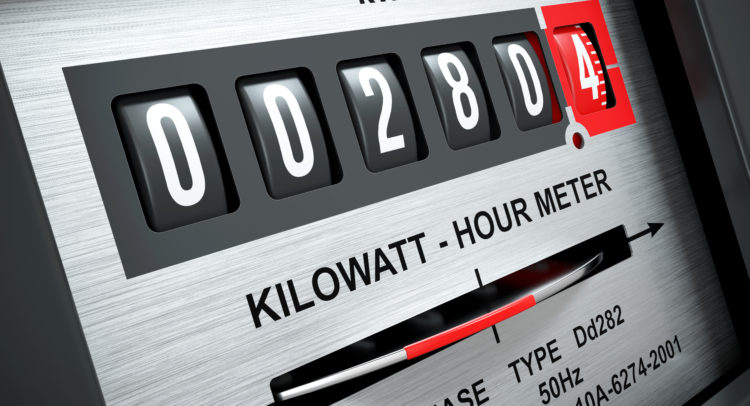Revisiting the NERC Order on the Capping of Estimated Bills in the Nigerian Electricity Supply Industry
On 20 February 2020, the Nigerian Electricity Regulation Commission (NERC) released an Order on the capping of estimated bills in the Nigerian Electricity Supply Industry (NESI) (the Order). The Order was enacted pursuant to the NERC’s powers to regulate the NESI, to create, promote, and preserve efficient industry and market structures and to ensure the optimal utilization of resources for the provision of electricity services in Nigeria. In this article, we revisit and discuss important highlights of the Order.
The Estimated Billing Methodology Regulation, 2012
The NERC’s (Methodology for Estimated Billing) Regulations 2012 (Estimated Billing Methodology Regulation) was introduced in 2012 to deter Distribution Companies (DisCos) from issuing to electricity customers arbitrary electricity bills which did not reflect their actual power consumption. The Estimated Billing Methodology Regulation classified consumers who can be issued estimated bills into three (3) basic categories:
- Customers with faulty meters. This category belongs to those customers which have been issued meters but which are no longer functional.
- Customers whose meters cannot be read. This category belongs to those customers whose meters cannot be read by the officials of the applicable DisCo due to inaccessibility arising from locked doors, customers who are not on the premises at the time when the officials of the DisCo come to read the meter, the presence of dogs on the premises of the customer etc.
- Existing customers without meters. This category belongs to customers who have not been issued meters by the DisCo and who are directly connected to the DisCos’ distribution network.
However, the Estimated Billing Methodology Regulation achieved little success due to inadequate level of metering and distribution transformers. Over 65% of complaints lodged at the customer centres of DisCos together with the subsequent appeals to NERC are as a result of non-provision of meters and unrealistic billing of unmetered customers. To facilitate the metering of electricity consumers, the NERC introduced the Meter Asset Provider (MAP) Regulations in 2018 with the ambitious aim of metering all customers within 3 years.
The Meter Asset Provider (MAP) Regulations, 2018
The MAP Regulations introduced by the NERC in 2018, were issued principally to:
- Encourage the development of independent and competitive meter services in the NESI;
- Eliminate estimated billing practices in the NESI.
- Attract private investment in the provision of metering services in the NESI.
- Close the metering gap through accelerated meter roll out in the NESI.
- Enhance revenue assurance in the NESI.
As at the end of the fourth quarter of 2019, the NERC had issued permits to twenty-six (26) Meter Asset Providers. However, due to a number of factors, including changes in fiscal policy, limited availability of long-term funding and several other constraints, the MAPs and the MAP Regulations were able to achieve very limited success. Metering thus, still remains a key challenge for the NESI with only two (2) DisCos having been able to meter more than 50% of their electricity customers as at the end of the fourth quarter of 2019 – Abuja and Benin DisCos. Of the 10.3 million registered electricity customers in the NESI, only 37.77% had been metered with the remaining 62.37% remaining on estimated billing at the end of the fourth quarter of 2019.
Read and download full article here.



Comments are closed